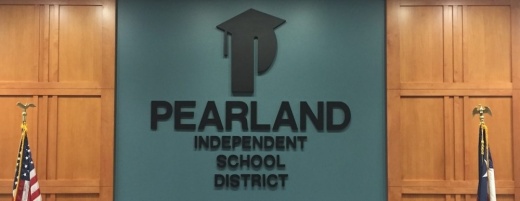The PISD board of trustees approved the FY 2020-21 audited financial statements during its regular board meeting on Nov. 9.
Section 44.008 of the Texas Education Code states school districts are required to have their financial statements audited annually by a certified public accountant.
KM&L, LLC, certified public accountant Wade Whitlow gave a presentation on the audit to the board of trustees and said overall, there were no major issues in any of the aspects the audit looked into with the district, including the management of Elementary and Secondary School Emergency Relief, or ESSER, funds.
“In my opinion, the district did a great job in utilizing [ESSER] funds in the most economical way possible,” Whitlow said.
As a part of the audit, the firm KM&L reviewed several aspects of the district’s financial operations, which included looking at the district’s internal control operations and management of three different federal programs: food and child nutrition service, coronavirus relief funds and ESSER I, II and III funds, Whitlow said.
KM&L gave the district the highest grade possible, according to PISD’s financial report.
Board of trustee member Crystal Carbone said she was thrilled with the audit’s findings and added there had been rumors that PISD had been using ESSER funds on things outside of the scope of what was allowed.
“I feel like it puts an exclamation point at all the things that we have been talking to constituents about throughout the recent election,” Carbone said.
The district’s annual financial report showed PISD property values increased by $453 million, or 5.6% for fiscal year 2020-21 compared to FY 2019-20, according to the report. Total property value within Pearland ISD was $8.5 billion during FY 2020-21, which grew from $8 billion in FY 2019-20 and $7.8 billion FY 2018-19.
Additionally, PISD received $78.6 million, or 43% of revenue from local sources and received $100.7 million, or 55.1% from state revenues, and only $3.4 million, or 1.9% from federal sources, the report stated.
The $182.7 million in total general fund revenue in FY 2020-21 was a decrease from the $183.5 million in FY 2019-20, which was also a decrease from the $187.6 million total general fund revenue in FY 2018-19, according to the report.
The report also states that of 21,067 students enrolled in the district, 52% were male students and 48% female students. Additionally, 36.8% of district students were Hispanic, 33% were white, 14.8% were Black, 11.1% were Asian and 4.3% were other races.
Of the total student population, 31.4% were considered economically disadvantaged, which translates to roughly 6,615 students, according to the financial report. 10.4% of the total student population received special education services, the report reads.





